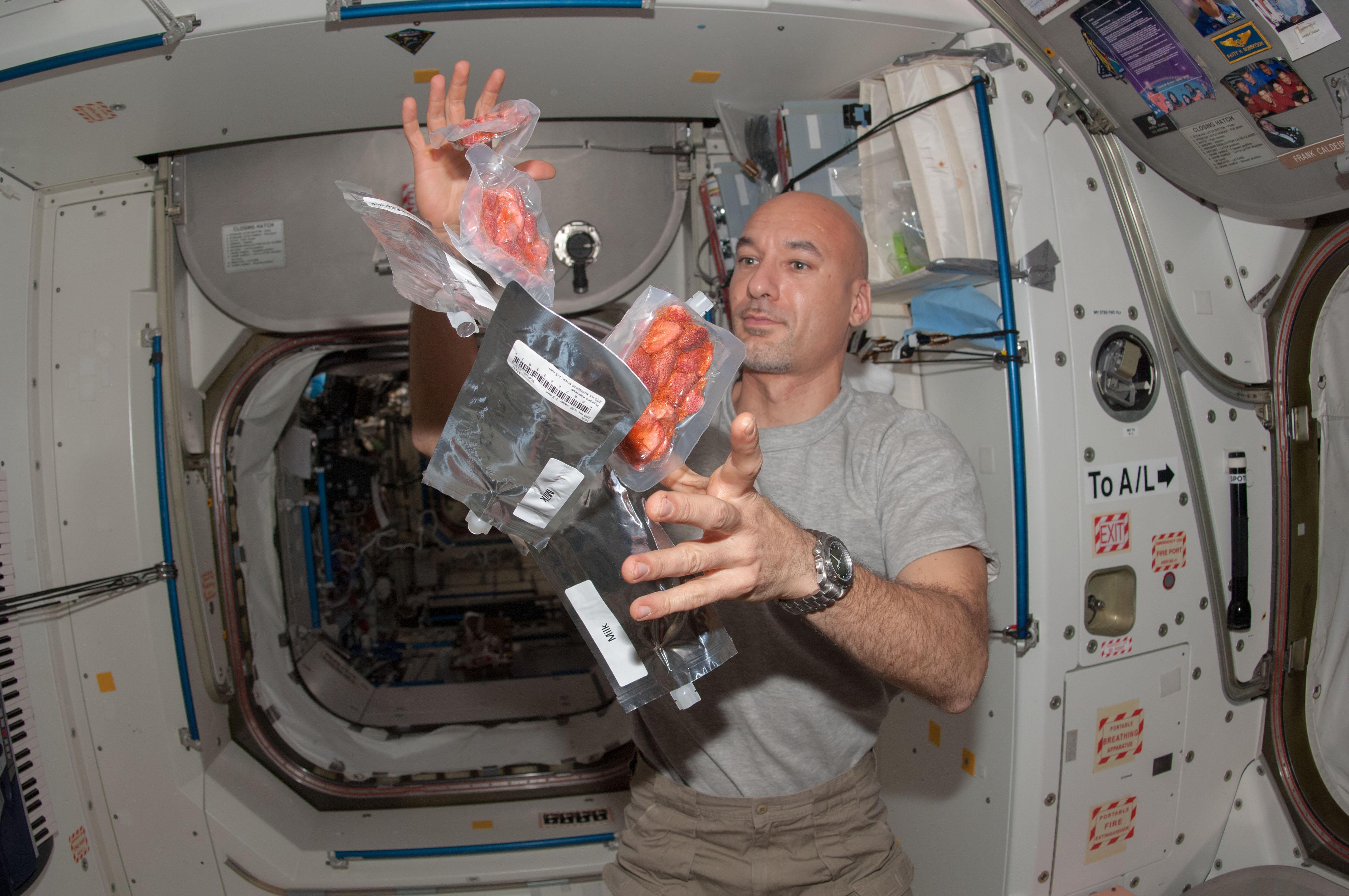MICHELLE THALLER: Jack, you had the question, how do we remove gravity from the anti-gravity chambers that astronauts train in? And you've probably seen films of astronauts in training, floating around in a closed chamber. And it does kind of look like we may have something that can actually shield against gravity. Well, for one thing, I really wish we did because just think about how useful that would be. Think about having, say, a construction site, and you can remove all of the gravity. You could actually move things around really easily. There's so many applications for having some sort of anti-gravity device, but we don't have one.
There is no way to shield astronauts here on the earth from the We train astronauts by putting them up in an airplane and then having the airplane fly very, very carefully on an arc to throw everybody up at just the right rate so they're floating. It may have actually happened to you. You may have been on an airplane, and the airplane actually sort of arced around, and you felt yourself thrown up a little bit. So that's actually what we do in a very controlled way. We only can get about a minute's worth of weightlessness that way. The airplane flies in arc and then goes around again and flies another one. So the astronauts train by doing this over, and over, One of the really amazing applications of this was in the movie Apollo 13.
If you look very carefully, it's a very realistic depiction of astronauts floating around in the weightlessness of space. And that's because they really were weightless. They actually put movie sets inside this aircraft and filmed one minute at a time. The footage of the astronauts floating around the lunar module, for example. Now, this sort of training where one minute you're weightless, and then all of a sudden you're not, and then you're weightless again has a bit of an effect on people's stomach. And, in fact, the NASA nickname for this plane is the Vomit Comet.
It's something that can actually make you feel pretty sick to your stomach, but a lot of astronauts in training also find it really fun. And I've heard it mentioned that there are some pilots that are better than others at doing just the right arc. There are some pilots that as you fly, you're up against the ceiling, up against the floor, up against the ceiling. And then there are ones that get really, really smooth so you have the longest possible time in weightlessness. And, in fact, I heard that the pilot that was best at it would actually put a pencil in front of him as he began the arc to make it feel like you were weightless. And then he would fly the plane around the pencil, trying to keep that pencil in the same position as you went through the weightlessness arc.
So there's no way we can shield from gravity. We only can train astronauts a minute at a time in these aircraft. The other way we train them is by simulating a weightless environment the best we can by using water, by using really, really big swimming pools. At the Johnson Space Center-- one of my favorite places to go in all of NASA — there is a swimming pool, a pool so big that we actually have an entire scale model of a space station underneath the water. The same size as the space station. We put astronauts in basically scuba gear. They have their helmets. There's air being pumped through there. And they can float around and practice doing spacewalks outside the space station in the water. And then all around them, there are actually real scuba divers, ready to assist them to make sure everything's going well. And I've had friends who have actually served this way. They've actually been scuba divers that help astronauts train. So, unfortunately, there's no way to shield from gravity here on the Earth.
Gravity is of curvature of space and time. We have no way to manipulate that with our current technology, so we have to fake it. Astronauts have to either be in aircraft that are flying arcs or pretending to be weightless under the water,






